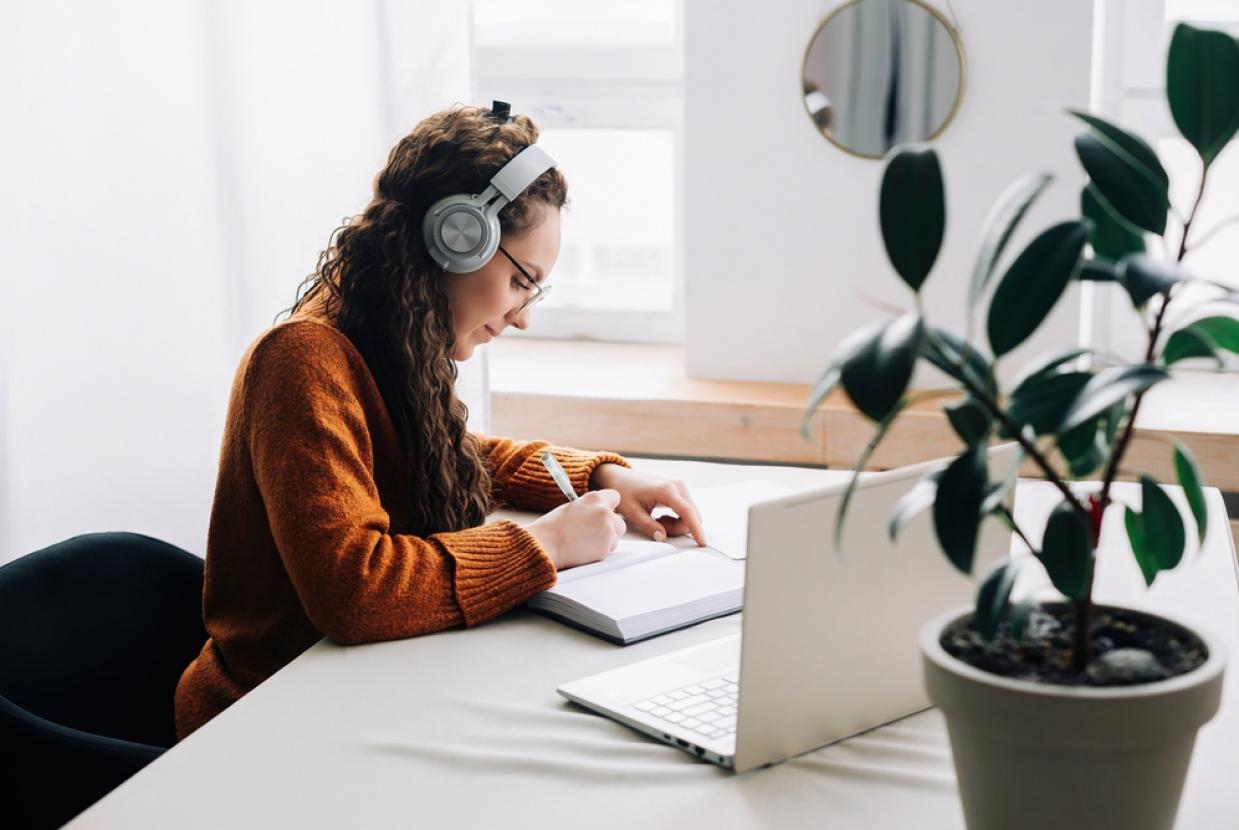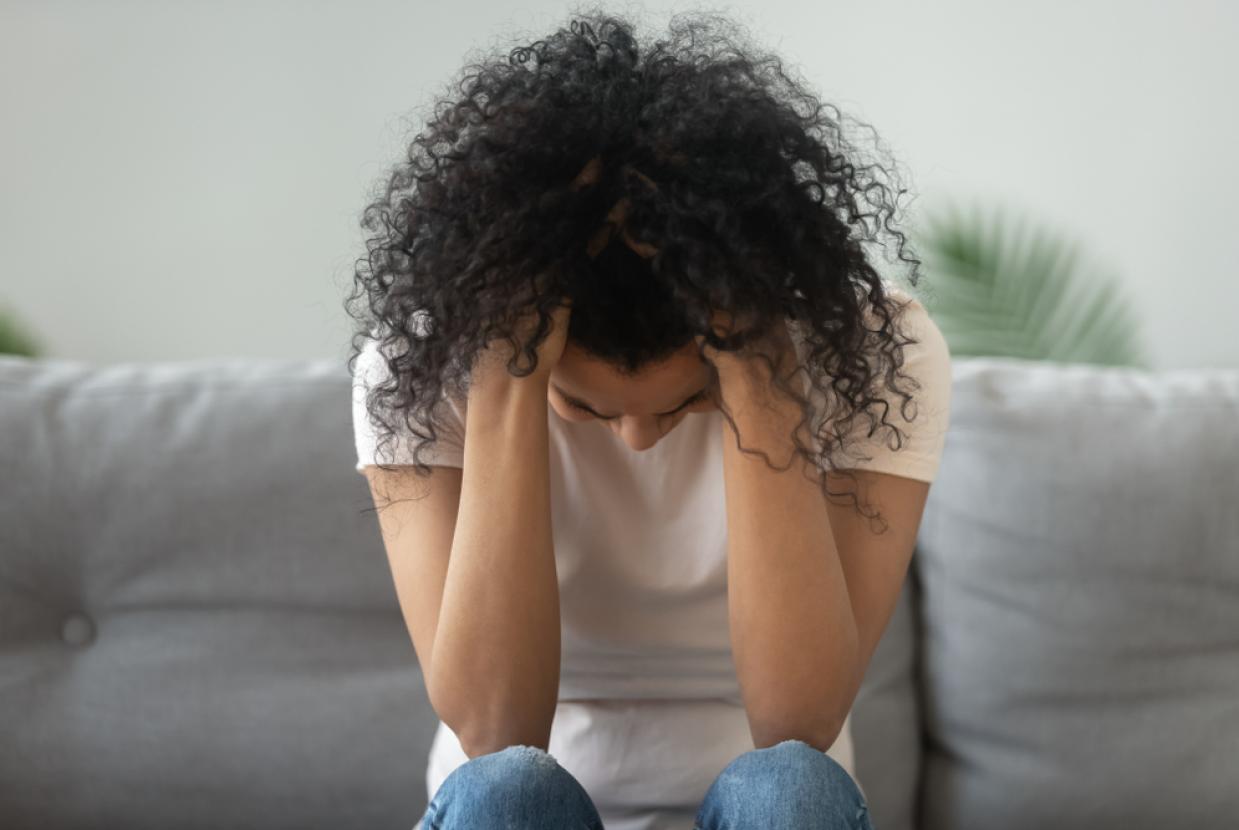Why Does My Face Go Red When Drinking Alcohol?
Alcohol GuidanceMillions of people around the world experience warm red skin after drinking even a small amount of alcohol, including thousands of the UK’s East Asian population.
What is it?
All of us blush from time to time. But when some of us go red, it’s for one particular reason – alcohol. This is sometimes called the “alcohol flush reaction”. In some parts of the world – particularly the USA – it’s known as “Asian flush” or “Asian glow”. That’s because it’s particularly common amongst East Asian people – people whose family origins are in China, Japan, Korea, or Taiwan.
Experts on Asian health at Stanford University, who’ve researched the phenomenon, have started using the term “Asian alcohol intolerance” to describe it, and that’s probably a more accurate description – because what’s happening is a result of some people’s bodies inability to tolerate alcohol.
Why does it happen?
To understand why some of us go red when we drink alcohol, we need to delve a little bit into the science of alcohol and how our bodies process it.
As soon as anyone drinks alcohol, their body gets to work to digest it and remove it. The body mainly uses two enzymes to break alcohol down and it does it in two steps. The first step is to turn the alcohol into a toxic chemical called acetaldehyde; the second step is to turn the acetaldehyde into other, less harmful chemicals for excretion.
The production of the enzymes that break down alcohol is controlled by two separate genes, and not everyone’s genetics are the same. Most people in the world have a genetic mix that enables them to quickly turn alcohol into acetaldehyde before getting rid of it. However, the genetics of many people of East Asian heritage means they don’t produce all the necessary enzymes or produce far less of them. Their bodies break alcohol down into acetaldehyde, but that acetaldehyde then builds up rapidly, due to insufficient enzymes to break it down further. This build-up of acetaldehyde is what causes the warm red face – as well as some other symptoms which we’ll look at in a minute.
The reason for this genetic variation is unclear. It may be that having genes that lead to a slower breakdown of alcohol has been a positive or protective factor for East Asians – leading people to avoid alcohol, and so avoid alcohol problems. But we can’t be sure about this.
How serious is it?
Going red in the face can be uncomfortable, and the flush reaction can also be accompanied by a rapid heartbeat, headache, nausea, itching, a rash, and even vomiting.
More seriously, people who are alcohol intolerant but still drink alcohol have a higher risk of cancer. Acetaldehyde is a known carcinogen, and the longer it accumulates in the body, the greater the cancer risk. In particular, studies have found that people who are alcohol intolerant have a much higher risk of cancer of the oesophagus (food pipe) if they drink alcohol. They may also be more susceptible to other health problems, such as cardiovascular disease and osteoporosis.
How many people does it happen to?
The figure usually quoted is that alcohol intolerance affects between a third and a half of East Asian people globally. In total, it is estimated that 540 million East Asians, or 8% of the world’s population, have the genetic variant causing alcohol intolerance. By comparison, the same genetic feature occurs rarely in people of European descent. It’s hard to say exactly how many people in the UK it affects, but it is likely to be tens of thousands.
Has it influenced drinking culture?
A number of researchers have looked at whether alcohol intolerance has influenced drinking cultures in East Asia, and some have suggested that it has made drinking and drunkenness less normalised, due to the unpleasant feelings it produces. However, it’s also true that there are a range of attitudes to alcohol amongst East Asian people and that these have shifted over time. In addition, East Asia is now very much part of a global alcohol market and cultural distinctions around alcohol are becoming less defined.
What do people do about it?
One obvious way to deal with alcohol intolerance is to avoid alcohol – or at least keep drinking to a minimum. A 2022 study of 140,000 people in South Korea found that people who experienced reddening when drinking “generally drank less frequently and drank smaller amounts of alcohol”, but other studies have not found a relationship between alcohol intolerance and drinking patterns.
Some people who are alcohol intolerant take antihistamines – as you might take for hay fever or another allergy – before drinking alcohol. This can reduce the reddening and relieve any itching or rash, but it doesn’t enable the body to get rid of the acetaldehyde more quickly or effectively. There is also a risk that, by masking the effects of alcohol intolerance, antihistamines can allow someone to drink more alcohol, thereby increasing the risks to their health.
There appears to be a belief amongst some that it is possible to overcome alcohol intolerance by carrying on drinking and developing a tolerance to alcohol. In reality, if your alcohol intolerance is genetic, it will not reduce over time and drinking more alcohol will only make it more intense.
A few dietary supplements which are claimed to treat alcohol intolerance have been marketed. As far as we know, none of these have been subjected to rigorous scientific testing.
Should we be talking about it more?
We certainly should! East Asian people – and Chinese people in particular – have often said they feel like an “invisible community” in the UK, and when they have received attention, it’s sometimes been negative and unfair, as we saw with the horrendous incidents of anti-Chinese prejudice during the Covid-19 pandemic. If we are serious about reducing alcohol harm, and about reducing health inequalities, we need to better address the specific health needs of East Asian people in the UK.
Healthcare professionals should be aware of alcohol intolerance when speaking with East Asian patients, their families and carers; and give sensitive and sympathetic advice on the risks of alcohol consumption. Training for professionals should cover Asian alcohol intolerance and give them a grounding in the East Asian experience and how it might influence patients’ ideas about alcohol and drinking behaviours.
What can you do about it if it happens to you?
There is a growing recognition that, when it comes to alcohol consumption, there is no wholly safe amount, and the health risks are higher for people who flush when drinking. So, if you experience alcohol intolerance, it’s worth considering ways to moderate your drinking or abstain from alcohol altogether. You can find tips for cutting back on your drinking on our website, as well as hundreds of reviews of alcohol-free and low-alcohol drinks.















































